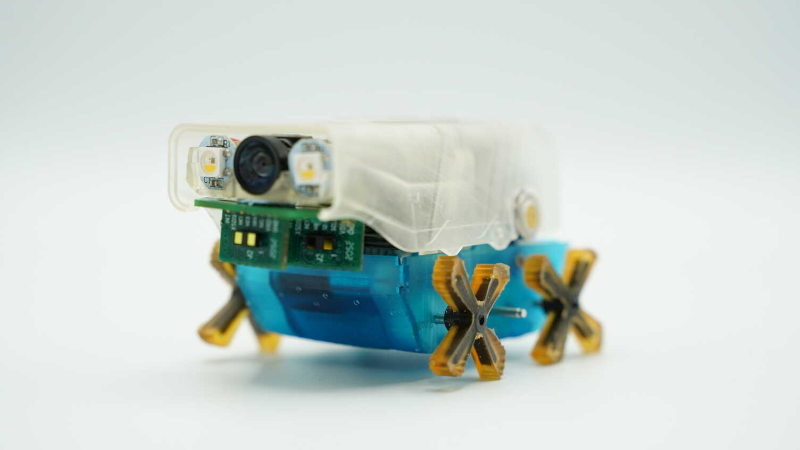
There’s something ominous about robots taking over jobs that humans are suited to do. Maybe you don’t want a job turning a wrench or pushing a broom, but someone does. But then there are the jobs no one wants to do or physically can’t do. Robots fighting fires, disarming bombs, or cleaning up nuclear reactors is something most people will support. But can you climb through a water pipe from the inside? No? There are robots that are available from several commercial companies and others from university researchers from multiple continents.
If you think about it, it makes sense. For years, companies that deal with pipes would shoot large slugs, or “pigs”, through the pipeline to scrape them clean. Eventually, they festooned some pigs with sensors, and thus was born the smart pig. But now that it is possible to make tiny robots, why not send them inside the pipe to inspect and repair?
Why?
It makes sense that anything you can do from inside the pipe is probably going to be cheaper than digging up buried pipe and either repairing or replacing it. For example, 4 cm robots from the University of Sheffield can inspect pipes from inside, cooperate in swarms, and locate leaks that would be nearly impossible to find conventionally.
In fact, robots inside pipes aren’t a totally new idea. But in the past, the pipes had to be very large to fit the robot. This newer class of pipe inspecting and repairing robots can fit inside smaller pipes like you might find in a city’s water supply. For example, the Easy-Sight X5 (see the video below) fits in a 100 mm pipe, and it is big when compared to some of the newer competitors.
Not Just Inspection
The Carnegie Mellon robot is modular, so it can handle different kinds of jobs. A mobility module has two-inch wheels and can haul up to sixty pounds of payload. One of those payloads is an applicator for a special resin that can repair leaks.
The resin starts out with the consistency of soft-serve ice cream but quickly hardens as it shoots out of a spinning nozzle that creates a spring-like inner coating spiraling around the inside of the pipe.
The robot’s no speed demon. It can inspect about nine miles of pipe in eight hours. However, when repairing, the same time period is sufficient to fix 1.8 miles of pipe. Even big names like GE are working on similar technology that will spray epoxy to form a new pipe inside an old pipe.
DIY
Could you do this yourself? There’s no reason you couldn’t make an inspection robot. [Stargate Systems] did using a Raspberry Pi Zero, and you can check it out in the video below. Repair might be a bit more complex, but might be workable with a little ingenuity.
Dirty Jobs
Even if you and your submarine were shrunk down, you probably don’t want this job. There are probably dozens of jobs you can’t or don’t want to do. Will you build a robot to do it? Let us know in the comments or — better — built it and leave us a tip.
We wonder why these robots don’t look more like snakes.
